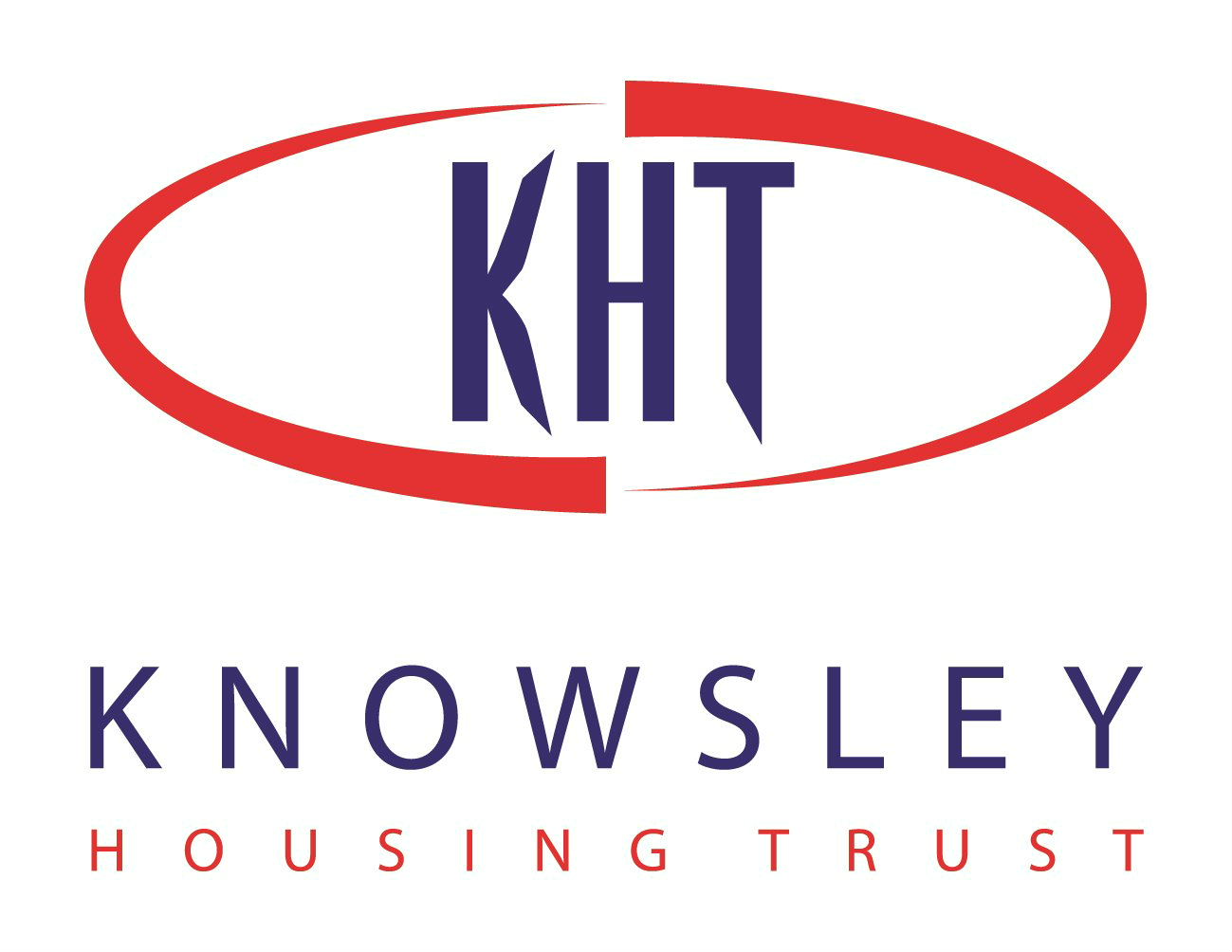
Vicarage Place – Prescott
Vicarage Place is a grade 2 listed building that was in some need for a little TLC (Tender loving care). Various contractors had worked on the property over the years and made the external elevations a patchwork quilt in terms of its pointing.
The project was to re-roof, re-point and replace all the sash windows, upgrading the incoming electrical supplies, new emergency lighting to the communal areas and some minor mechanical works including making good to all work disturbed with the tenants in residence throughout the works.
The work was carried out under the scrutiny of the local conservation officer and all aspects including the sash windows and pointing materials we developed, tested and passed by the conservation officer before any work could be carried out.
Project Introduction
The client for the project was KHT (Knowsley Housing Trust) KHT are a not for profit, independent housing association, providing high quality homes at affordable rents.
KHT was formed in 2002 and now provides homes for approximately 25,000, through near 14,000 homes in Knowsley, Merseyside.
The project was won on a competitive bid process and work started on site January 2010 and was completed June 2010.
On the 10th of June 2010 Nick Hennity CEO of Lyjon received a letter from KHT it said:
On behalf of KHT I offer my thanks to your team for the great work carried out at Vicarage Place, Prescot.
I have been reading the comments made by our residents and they are all highly complementary towards Lyjon and specifically the way your team took care of individual residents.
I would be grateful if you could pass on my thanks to all the staff involved.
Yours sincerely
Dave Tyrrell – Head of Contract Management
Sustainable Development
Lyjon has developed close cooperation with the client and has been a preferred contractor from the beginning in 2002. This success is because Lyjon supports KHT’s Vision of:
‘To provide quality homes and services and work with others for the lasting benefit of our communities’
The Lyjon and KHT relationship is also successful as both organisations share the same values of:
- Be fair, open and accountable for what we do
- Know and value our customers and the communities they live and work in
- Value the importance of partnerships in achieving success
- Recognise the importance of all of our employees and everyone who contributes to our success.
Public impact and residence nuisance was minimised by the use of dedicated Community Liaison Managers.
Lyjon seeks to benefit the regional economy by prioritising local employment, subcontractors and suppliers.
During construction Lyjon implemented a Sustainability Plan, which strived to ensure that the project contributed positively in terms of social, economic and environmental issues.
Stakeholders were actively involved in the project, and occupational health and safety programmes were implemented.
The construction phase promoted local economic benefit through direct employment, skill generation, and the use of regional materials and through indirect economic impacts
Reducing public disturbance
Assessments are conducted prior to the commencement of the project in order to minimise excessive public impact. Key considerations to reduce public impact include scheduling deliveries, managing vehicle parking, managing scaffolding erection, and interacting with the property residents and local residents.
Community Liaison Managers coordinate efforts to reduce public disturbance, such as by sending letters to residents and local residents to provide advanced notifications of project activities that may cause them disruption or disturbance.
Lyjon liaised with residents and took them to a local community hall for the day, this included lunch while contractors quickly removed windows and replaced them. This was a successful solution and the residents were fantastic.
A major concern on the project was how to re-roof the building while residents remained in the building. Lyjon tented the building using scaffolding and tarpaulins, this was a successful solution. All residents were informed when the work was being done.
They were very helpful in every way hear at no 8 Vicarage Place. And nothing was too much for them. I have been living here for nearly 18 years and they are the best team that has ever worked in this building. Ms Agnes Bolland Resident
Occupational health and safety
Several safety programmes were initiated, there were no major accidents on site and the lost time accident rate 0.
The near miss safety programme involving worker incentives and awards was initiated to encourage all site personnel to be aware of and report potential hazards verbally or by completing a near miss card.
Local construction employment
Approximately 20 workers were on the site during the height of construction. Lyjon encourage trade contractors to use the local recruitment organisations first, to contribute toward reducing local unemployment and creating a more skilled workforce within the area.
Efficiency savings for tenants
One of the key issues on the project was how to deliver the correct ‘U’ value for the windows and at the same time comply with the conservation officer. The solution was secondary glazing; this helps the tenants save energy by reducing the heat loss through the windows.
Regional material suppliers
All materials were manufactured within the UK. Regional materials were preferred in order to support local economies and minimise the environmental impacts due to transportation.
Waste management plan
The waste management plan resulted in the recycling of approximately 97% of site waste, by minimising the accumulation of waste on site, reusing waste on site and recycling construction waste off-site where necessary.
Site waste was minimised by encouraging sub-contractors to prefabricate material, making accurate orders for construction materials, using reusable pallets, requesting minimal packaging and instructing suppliers to collect their packaging.
Travel plan
The travel plan sought to reduce the impact of employees transport, site deliveries and waste collection during construction by working with Lyjon employees, contractors, suppliers and site visitors through posters and site inductions.
Environmental responsible suppliers and construction materials
The project incorporated materials that have a lower environmental impact and where possible were sourced from sustainable and recyclable sources. All timber, timber for formwork and other temporary site timbers, such a site hoarding, were procured from certified sustainable managed sources, including the FSC (Forest Stewardship Council) and PEFC (Programme for the Endorsement of Forest Certification).
Each project sub-contractor successfully underwent a pre-approval environmental management evaluation as part of the Lyjon environmental policy.
Learning from Good Practice
On completion of the project Lyjon carried out a contract review as part of the company’s quality assurance policy. This is done to learn from what went well and what could Lyjon do next time to improve performance.
The key learns were:
- Good communication with the property and local residents is vital for the smooth running of the project.
- Good forward planning to ensure the conservation officer is well informed also was a great benefit and this caused the minimum of project delay due to poor communication.
- Saving can be made when a good waste management plan is in place, this saves cost as well as being a benefit to the environment.








